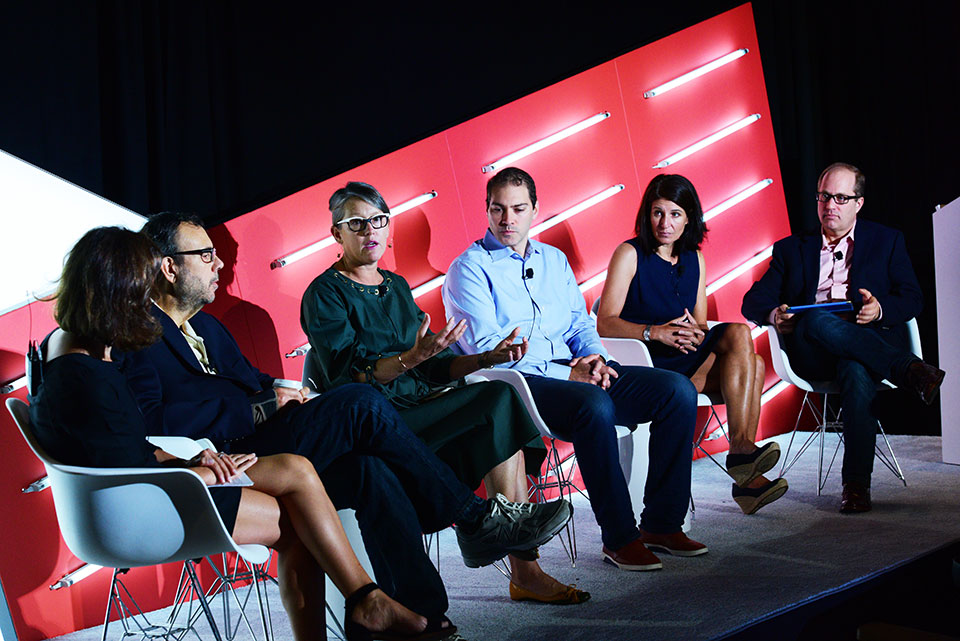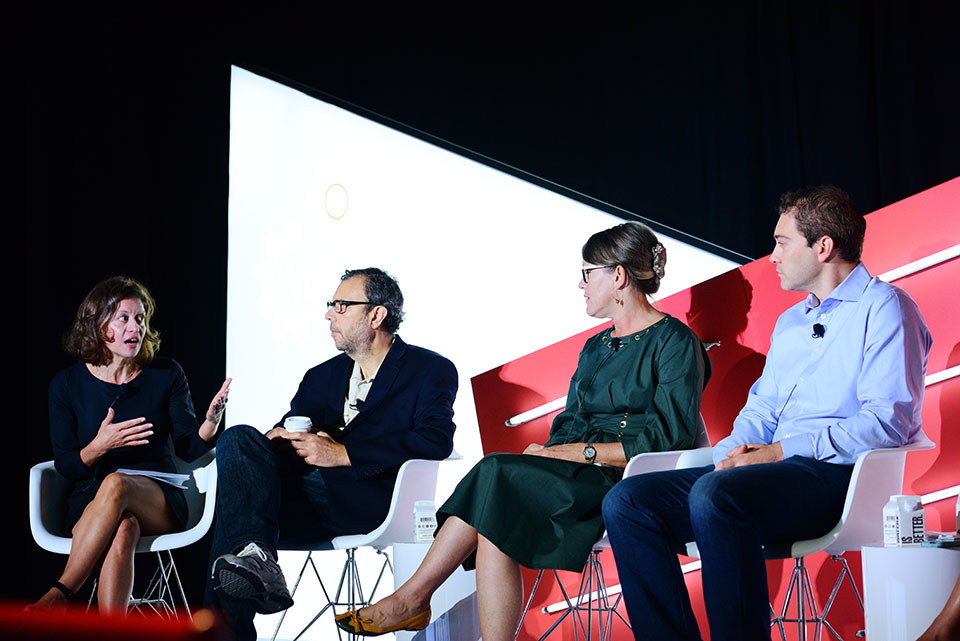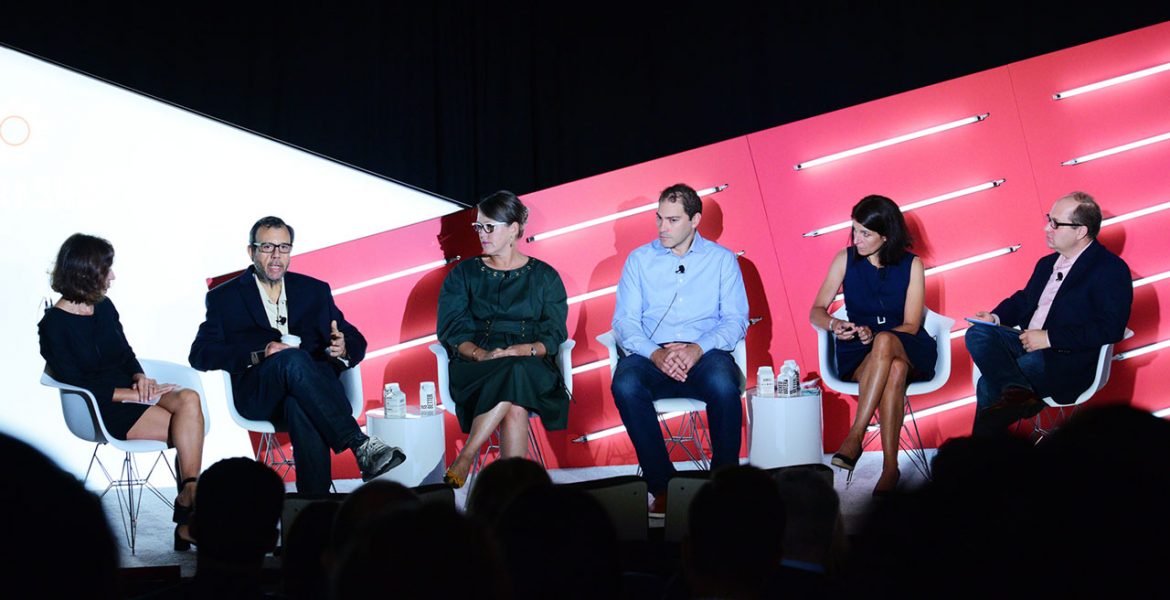What happens when you put advertiser, publisher, agency, and tech executives together in one room to discuss the media industry’s role in maintaining the long-term economic viability of news? A passionate debate about advertiser hyper-sensitivity to brand safety in news, and a collective agreement on shared responsibility.

In the last decade, newsroom employment in the U.S. has declined by 25%. For local news, that number nearly doubles to a chilling 47%. This shrinkage in newsroom employment is coupled by an audience who is increasingly unable to distinguish real news from fake news. In fact, Northeastern University conducted a study where they found 45% of college students do not have the tools to distinguish between the two.
“36% of students are concerned over the threat of fake news, so much so that they’ve actually lost trust in all news,” said President and CEO of TRUSTX David Kohl. “We have a trust problem, and that trust problem is creating an existential threat to news in this country.”
It’s not just students who are weary of news; aligning their brands with appropriate content is top of mind for advertisers and marketers, and in today’s world, this increasingly means shying away from the news arena.
“We battle the narrative that news is an unsafe place for marketers,” said Senior Vice President and Chief Revenue Officer at CNN Digital Christine Cook. “We face the very real situation that both in programmatic and direct IO, there was a long and seemingly growing list of brands who say they will not advertise in a hard news environment.

A significant contributor to the aversion of advertising on news platforms stems from the use of block lists. These lists contain numerous potentially harmful key words to help protect brand safety; however, “the technology is not as good as it should be,” says Managing Partner of Brand Safety Americas for GroupM Joe Barone. Block lists may be inadvertently having an adverse effect where beneficial content is being blocked.
Consumers’ changes in the way they consume news content only makes it more difficult for marketers and third parties to truly gather an understanding of what’s brand safe and what’s not. Innovations in the media landscape like OTT and mobile present unique challenges for marketers.
“It’s not necessarily the same opportunity for a verification partner to glean the same insights that they do on desktop,” said Executive Vice President of Global Activation Standards at Publicis Media Group Yale Cohen. “When you say, yes, it’s brand safe inventory, we can’t really have third parties validate that.” Cohen furthered this point, mentioning that 89% of the impressions being blocked are mis-categorized.

Simply put, there is a need for more refined tools to measure brand safety. Barone explains how a more accurate and holistic assessment of brand safety can be made by combining certain keywords to give them context.
“We have no clients that block the keyword ‘gay.’ We have no clients that block the keyword ‘Muslim,’” said Barone. “We have clients that block the keyword Muslim in combination with the keyword hate, or the keyword crime, because we don’t want to be in articles about gay hate crimes and Muslim hate crimes.”
Along with these refinements in brand safety assessments, both Barone and Senior Vice President of CBS News Digital, Susanne Mei, urge advertisers to look at news organizations from a more pragmatic perspective.
“Research shows news watchers are more engaged and have better recall and better associations with the brands who advertise in that real news content,” said Mei.
In addition, Barone explains that there are certain things news organizations have to do to support democracy and to support their mission – one of those things being to earn revenue, and also to report the news as it is whether it is monetizable or not.
“We need to find ways to support the legitimate news organizations monetarily, in a way that gives them the flexibility and the freedom to go do the mission,” said Barone.
Above all, the executives agree that strides in the right direction lay in the acceptance of a shared responsibility across practices, and thinking about how to support both advertisers’ clients and news.
“Think about how can you can lean in, become more involved – how do you look at what you’re doing in your own practices as an advertiser, publisher, agency, platform?” asked Cohen. “We all have work to do to continue to improve.”
Want to learn more about this and other important industry topics? Be sure to visit AWLearn, Advertising Week’s new your-round education platform.
Photos: Shutterstock / Advertising Week

